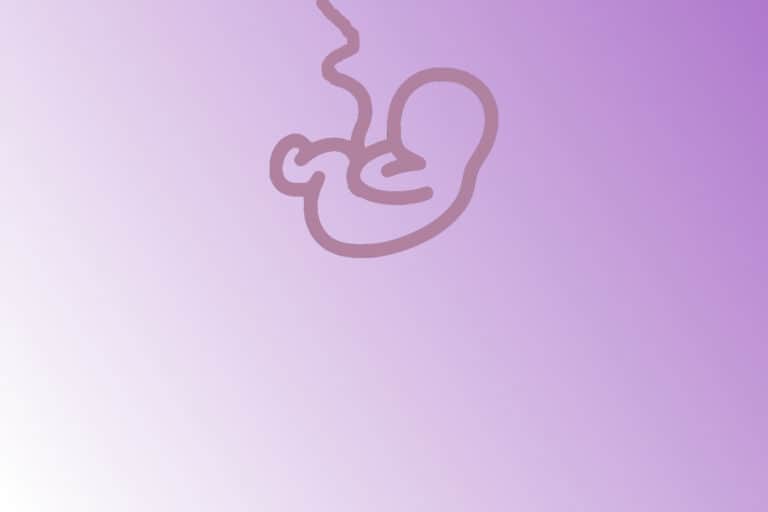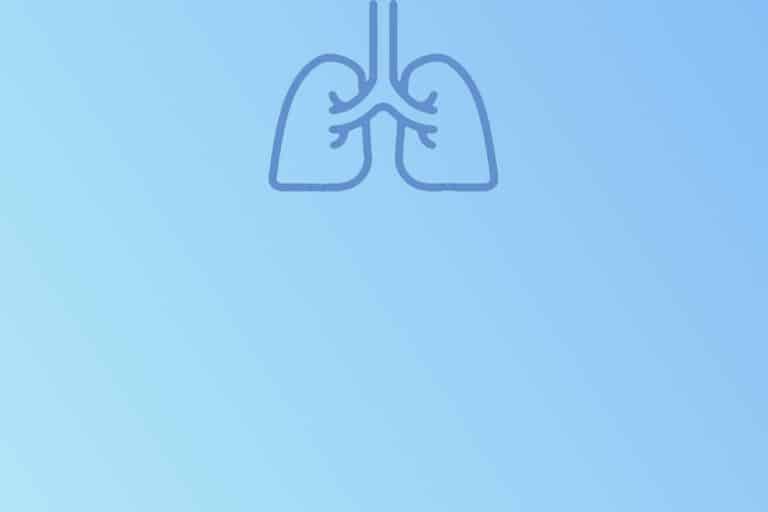Oxygen Therapy
We should attempt to maintain normoxemic oxygenation in order to prevent hypoxic injury (mainly in the cerebral tissue). On the other hand, oxygen should be carefully titrated to newborns, especially preterm, due to the negative effects associated with its overuse (reactive oxygen species = ROS).
Hyperoxia induces the production of oxygen radicals that subsequently trigger an inflammatory response. Owing to the immature antioxidant system, the resultant inflammatory cascade endangers the development of preterm lungs (bronchopulmonary dysplasia) and retina (retinopathy of prematurity).
Requirement for oxygen therapy should be based on the current needs (preventing both hypoxia and hyperoxia). There are several ways to monitor oxygen content in the blood. Continuous monitoring using pulse oximetry remains the most used method for this purpose.
Pulse Oximetry
- Saturation of peripheral Oxygen (SpO2)
- percentage of hemoglobin that is saturated with oxygen
- non-invasive (painless – no blood drawn) and continuous method
- Cave: peripheral oxygen saturation not always identical to the more specific arterial oxygen saturation (SaO2) obtained by the arterial blood gas analysis (see below)
- Cave: pulse oximetry will not uncover hyperoxemic states => requires upper limit for SpO2 (the lower the gestational age, the lower the upper limit of SpO2)
The physics of pulse oximetry
A pulse oximeter contains a pair of light-emitting diodes (LEDs) facing a photodiode through a translucent part of the newborn’s body (palm, finger, ankle or wrist in newborns of lower gestation). One LED is red (wavelength 660 nm), the other one infrared (wavelength app. 940 nm). The pulse oximetry relies on different wavelength absorption (see the graph) based on the oxygenation status of hemoglobin.
Oxygenated hemoglobin absorbs more infrared light, while deoxygenated hemoglobin absorbs more red light. The LEDs sequence through their cycle (red on, then infrared on, then both off), which allows the photodiode to respond to the red and infrared light separately and also adjust for the ambient light. The ratio of transmitted red/infrared light is measured and converted to visual reading using Beer-Lambert law.
Arterial partial pressure of oxygen
- partial Pressure (arterial blood) of Oxygen (PaO2)
- as part of arterial blood gas (ABG) analysis = partial pressure of oxygen (PaO2), carbon dioxide (PaCO2) and the blood’s pH => arterial oxygen saturation (SaO2) can be then established
- invasive (painful – blood drawn) and intermittent method
- Normal values: 8-1o kPa (term infants) and 6-9 kPa (preterm infants)
- Cave: PaO2 will uncover both hypoxemia and hyperoxemia
Oxygen therapy
Therapeutic oxygen must have appropriate pressure and flow (flowmeter, reduction to decrease the oxygen source pressure). Source oxygen usually comes from the central oxygen supply system in the hospital or mobile oxygen gas cylinders. Regarding home oxygen therapy, liquid oxygen is being used (portable oxygen concentrator).
Oxygen must be warmed-up and humidified to maintain thermal neutrality (risk of hypothermia) and fluid balance (risk of dehydration) for the newborn. Dry oxygen gas can damage respiratory epithelium and lung tissue.
Oxygen application methods
- short-term inhalation (connecting tube, resuscitation bag connected to oxygen)
- medium-term inhalation (incubator, nebulizer)
- long-term inhalation (ventilator with flowmetry, oxygen concentration measurement (FiO2 0.21 = 21% oxygen), nasal cannula with low-flow oxygen)
References
① Tarnow-Mordi W, Kirby A. Current Recommendations and Practice of Oxygen Therapy in Preterm Infants. Clin Perinatol. 2019;46(3):621-636. doi:10.1016/j.clp.2019.05.015
② Sweet DG, Carnielli V, Greisen G, et al. European Consensus Guidelines on the Management of Respiratory Distress Syndrome – 2019 Update. Neonatology. 2019;115(4):432-450. doi:10.1159/000499361






